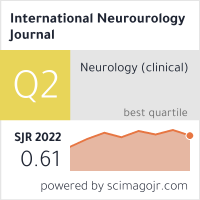An Advanced Study of Algorithmic Approaches Using Deep Learning for Brain Imaging in Neurourological Monitoring with Ensemble Methodology
Keywords:
Artificial intelligence; deep learning; medical imaging; neuroimaging; brain regulation; neurourologyAbstract
The field of precision neuroscience is now seeing a surge in interest in deep learning-assisted medical imaging as a promising area for cutting-edge AI applications. We set out to provide a thorough and illuminating overview of deep learning's most recent developments and its uses in medical imaging for brain control and monitoring via this study. To begin, the essay gives a brief history of brain imaging technologies, explains their shortcomings, and then introduces the advantages of using deep learning techniques to address these issues. After that, we go even farther into deep learning, covering its fundamentals and offering medical imaging applications as examples. Its extensive coverage of the various deep learning models applicable to medical imaging—such as convolutional neural networks (CNNs), recurrent neural networks (RNNs), and generative adversarial networks (GANs)—assisted magnetic resonance imaging (MRI), computed tomography (CT), electroencephalography (EEG), optical imaging, and positron emission tomography (PET). In conclusion, our summary of the literature on deep learning-assisted medical imaging for brain monitoring and control serves as a useful starting point for further exploration of this emerging field.




